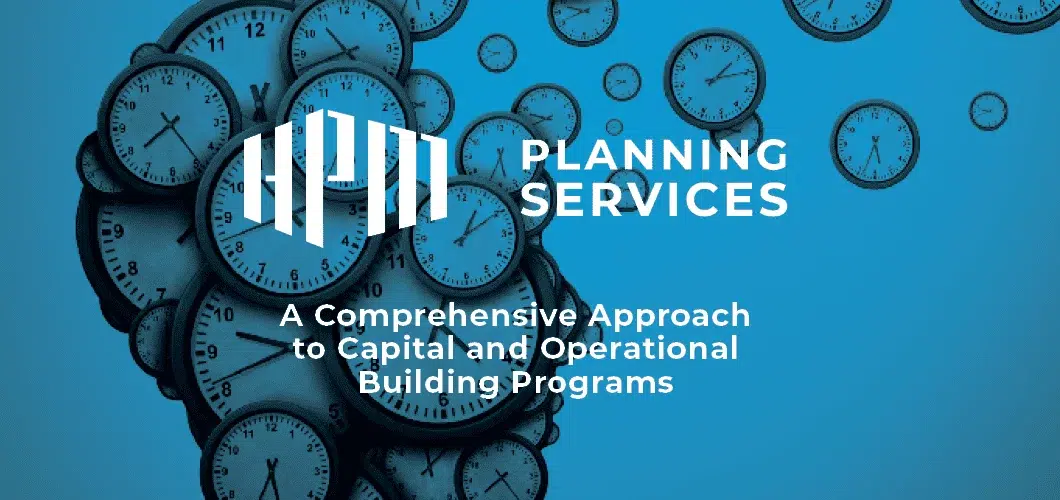
When is the Right Time to Plan?
As COVID-19 continues to impact the U.S., companies and organizations are doing their best to plan amid a shifting economic landscape. Industries continue to encounter the full spectrum of repercussions. Many are experiencing business decline while others are seeing growth. Though it may seem daunting or even futile to plan for facilities while so much is changing, the truth is that good planning is vital whether your business is in a period of growth or decline.
Planning for Growth
Let’s say a school district has seen an influx of students move into the area. The equation might seem as simple as more kids equals more space, but the district has much more to consider when determining how to manage this growth. It must evaluate new construction projects and additions to its school buildings, but also elements like realignment of boundaries and reallocation of resources.
At a certain point, the growth will tap out (or at least plateau), and the district is then faced with managing additional space it no longer needs. Not only that but building onto facilities will impact much more than just the space itself. The ripple effects extend to transportation, staffing, food delivery service, and more – essentially every activity that takes place during a school day.
Considering more than just the facility conditions will support a more long-term, holistic solution.
What is the demographic analysis for the new students?
What is the school district’s annual budget?
What building features will maximize functionality for teachers and staff?
Of course, this same approach can be applied to other industries to achieve a successful outcome.
Planning for
Decline
Periods of decline should be approached with
the same principles in mind as when you are planning for growth:
- – How to best manage a space
- – How to locate resources
- – Repurposing and planning for shifting needs.
The most effective guide for managing decline is to plan your facility so that it improves the delivery model for the individuals the space serves.
The first inclination when business or occupancy diminishes is to make dramatic cuts. For example, when a corporation struggles financially, it will first cut the departments it deems “non-essential” like human resources. However, human resources is an essential service to the corporation’s lifeblood — its employees. Eliminating overhead and the need for space might aid the cost component of facilities planning, but it does not serve the people.
Consolidation, if executed in a manner that prioritizes the needs of individuals, can be a successful way to manage facilities in times of decline. When these decisions must be made, you must plan by evaluating both raw data and engaging the community – and by affording equal consideration to each.
Maintaining a balance between pure research and communal feedback is just as important when planning for growth as well.

